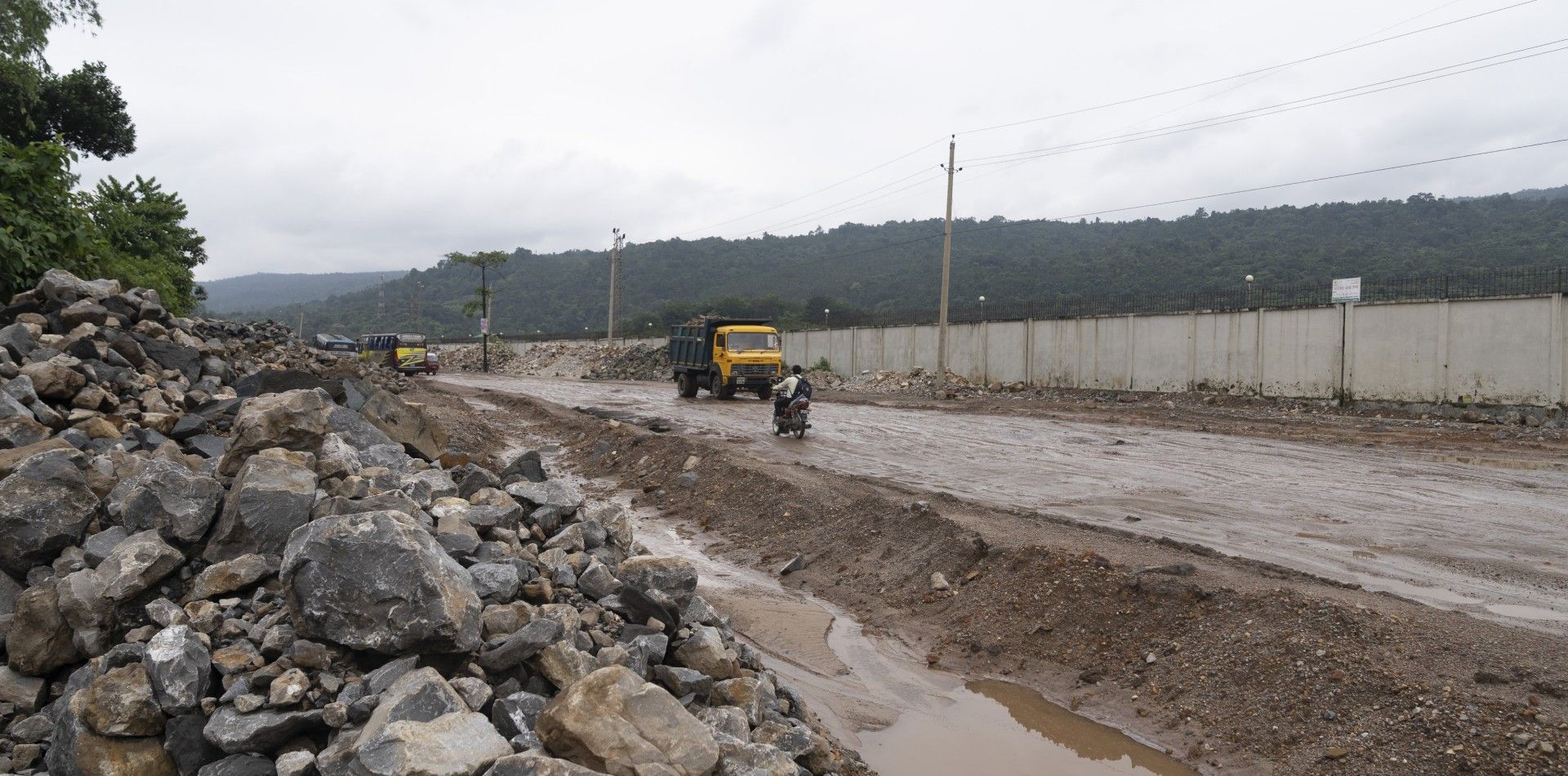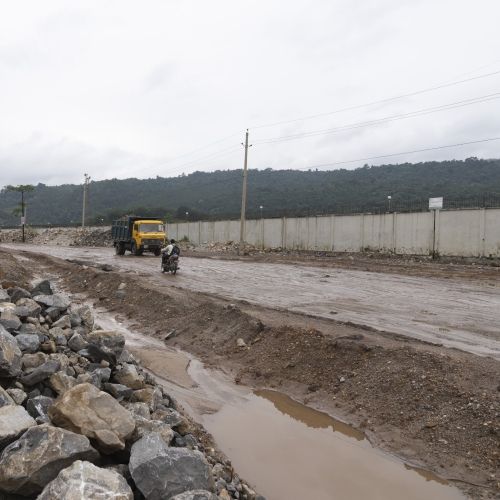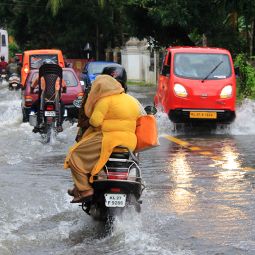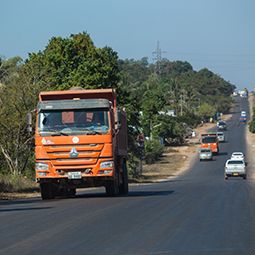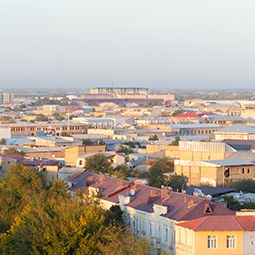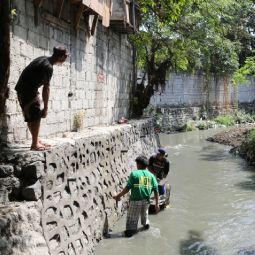Resilient infrastructure is about building systems that are robust, adaptable, and capable of long-term performance under changing climate conditions. Resilient infrastructure refers to the design, construction, and operation of infrastructure systems that can withstand, recover from, and adapt to climate-related shocks and stresses – such as floods, heatwaves, storms, and sea-level rise – while continuing to provide essential services. It integrates risk assessment, flexible design, and redundancy to ensure that critical facilities (like hospitals, transport networks, energy systems, and water services) remain functional or can quickly recover after disruptions. AIIB ensures that all infrastructure projects which are exposed to material climate risks are climate-proofed by incorporating climate resilience features.
- AIIB incorporates climate resilience into its road construction and rehabilitation projects. One example is the Lao PDR: Climate Resilience Improvement of National Road 13 South Project (Section 3), where AIIB worked with its partners to ensure that project designs address identified climate risks. These risks include extreme rainfall events, floods, slope and embankment erosion, and overloading of drainage systems, all of which could undermine the usefulness and lifespan of the road infrastructure.
- In Uzbekistan, AIIB, together with the World Bank, is financing climate-resilient investments in basic infrastructure and services at the community level under the Uzbekistan: Rural Infrastructure Development Project. Eligible investments include access to water supply for drinking, irrigation, and agricultural production; sanitation services; rehabilitation of social facilities; rehabilitation of roads, footpaths and bridges; rural electrification, and energy efficiency improvements.
There are many climate change adaptation measures that can be adopted to help make infrastructure more climate resilient. These include the rehabilitation of water supply and sanitation systems to reduce leakages and the adoption of measures to reduce demand, thus easing water scarcity, pressure on existing water sources, and reliance on non-renewable sources of water. Other activities which contribute to building resilient infrastructure include adjusted design of culverts required in a road project to cope with the increased risk of extreme rainfall and flooding; use of conductors with operating limits at higher temperature thresholds in a transmission line vulnerable to increased temperatures, diversification of water sources needed in a city’s water supply system to meet the growing demands of expanding populations and mitigate risks to the water supply system resulting from droughts, financing of levee systems to protect a region, its towns, businesses, infrastructure from the increasing risk of flooding.

